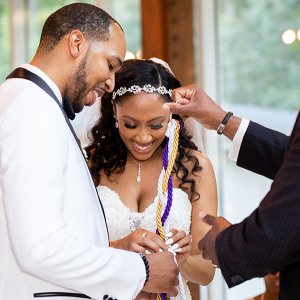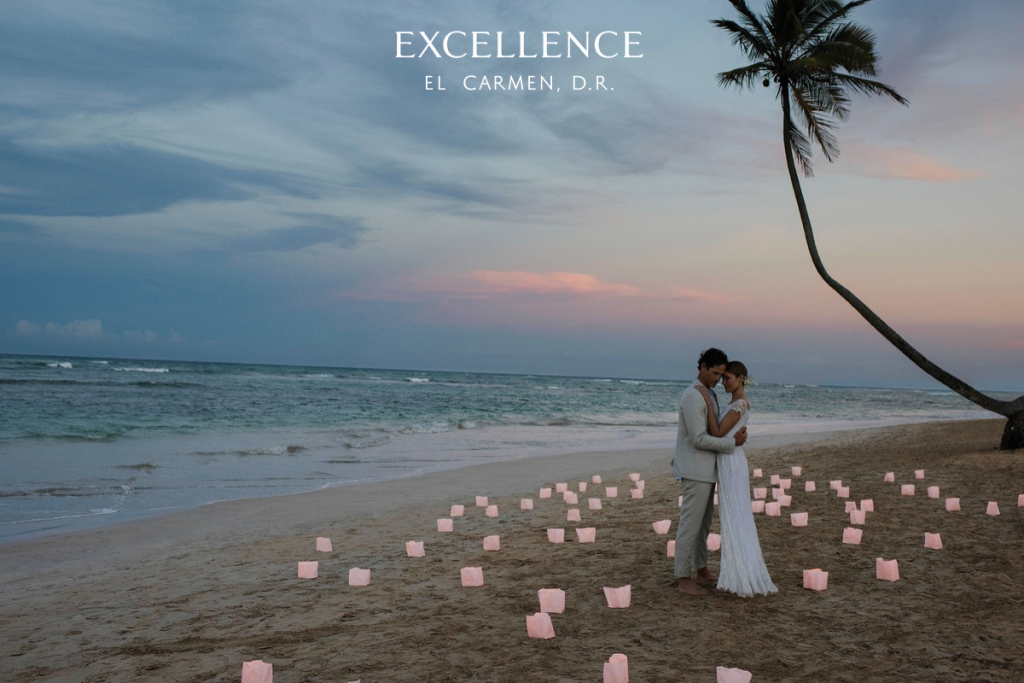From a spectacular baraat entrance to multiple wardrobe changes to the high-flying Hora dance, wedding planners reveal how to add cultural flair to your nuptials.
By: Stefania SainatoIndia: The Baraat
The baraat is the official procession of the groom to the wedding ceremony. Traditionally, he would arrive on an elephant or a white horse. The groom's family members and friends break out their best dance moves to a DJ and a dhol player as they make their way to the ceremony as well. "It's colorful, fun and amazing!" says Tracie Domino from Tracie Domino Events, which specializes in planning South Asian nuptials.
According to Stefany Allongo from The Majestic Vision, couples are taking this custom to new heights: "One of my grooms wanted to arrive via helicopter! After some research and negotiating, we were able to make his dream come true." A less extravagant option would be to arrive in a unique car or vehicle. "One of my grooms who's getting married this summer wants to come in on a Segway, so I'm in the process of renting one," says Joni Scalzo from Your Special Day by Joni.
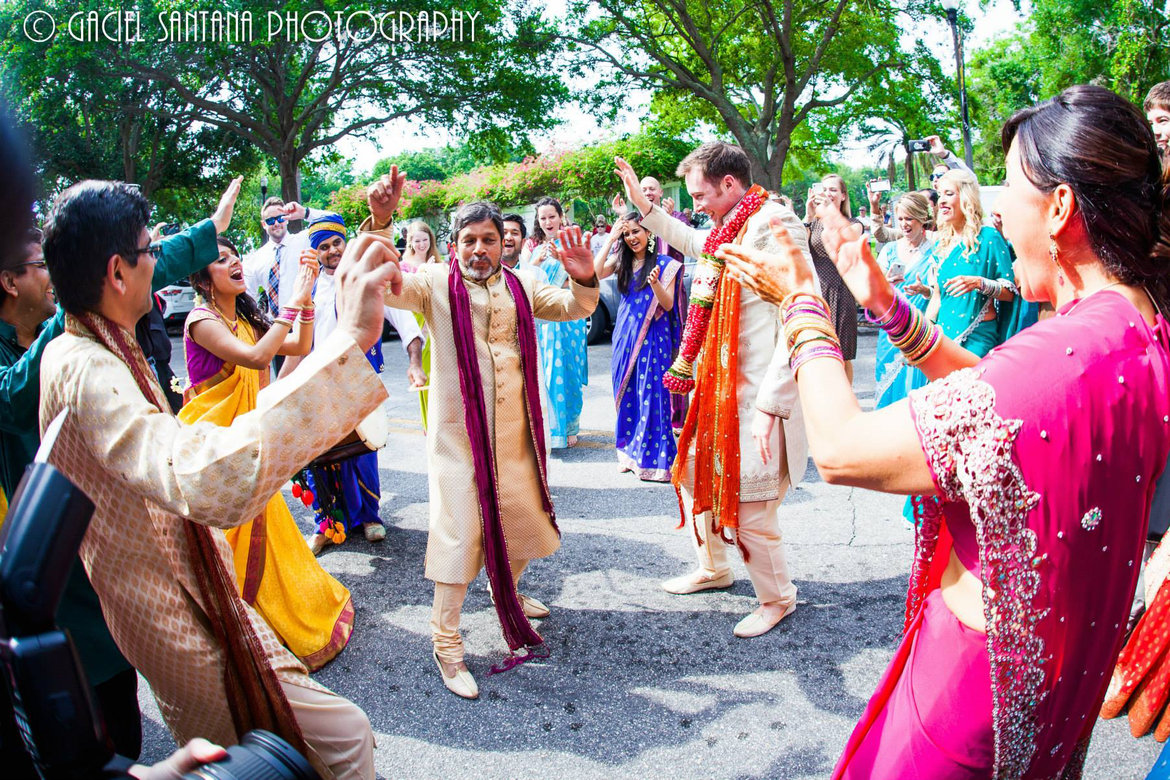
Photo courtesy of Gaciel Santana Photography
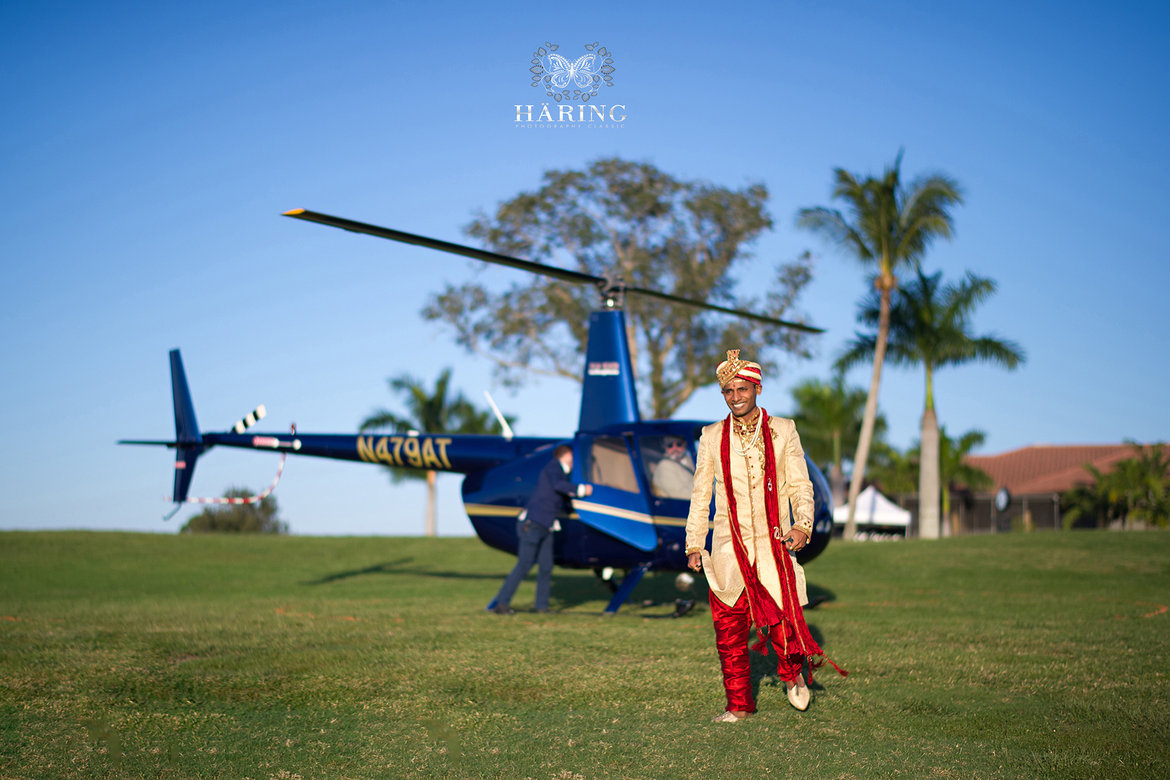
Photo Credit: Haring Photography
The Bahamas: Junkanoo Rush-Out
A celebratory parade of musicians dressed in masks and armed with cowbells, whistles, and drums. It can even include Moko Jumbies, which are stilt walkers who stop and perform as they go. Junkanoo originated in the Bahamas as a temporary celebration of freedom for slaves who were given a few days off at Christmas time to be with their families. "This fun celebration is making its way into weddings as an exciting way to introduce the wedding party to the reception. Or you could dance the entire gathering of guests from the ceremony to the reception venue!" O'Connell says.
Latin America: The Hora Loca
A party within a party, this Hispanic wedding tradition is a high-energy celebration complete with maracas, props, whistles and other noisemakers. Hora Loca (Spanish for "crazy hour") usually incorporates a live band and performers. It takes place at the end of a wedding so that guests leave on a high note. Allongo planned a wedding where the Hora Loca was a surprise from the bride's parents, and though she was familiar with it, her American groom and his family had never heard of this tradition. "The look on the faces of the groom and his loved ones once the band and stilt walkers entered the reception was priceless. Eventually, the whole group was doing the limbo, playing maracas and dancing wildly!" she says.
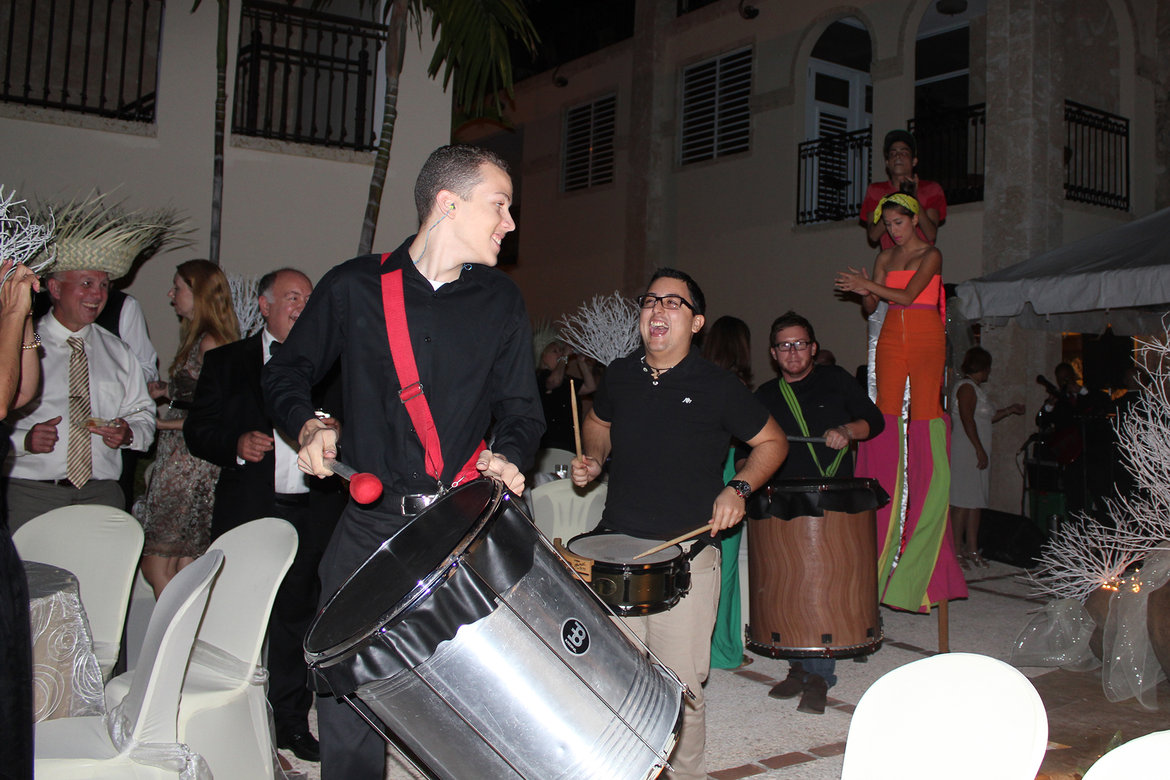
Photo Credit: Shay Cochrane Photography
New Orleans: The Second Line
The Second Line is a New Orleans tradition that represents the start of the bride and groom's new life together. A brass band plays lively music as the newlyweds dance their way from the ceremony to the reception, carrying decorative umbrellas or parasols. Their guests follow in pursuit while waving handkerchiefs or cocktail napkins. "At Très Chic Events, we have experienced many different remarkable cultural traditions but the second line at a New Orleans-inspired reception was one of our favorites. It was such a joyous moment that set the tone for a fun celebration!" says Stephanie F. Carmody.
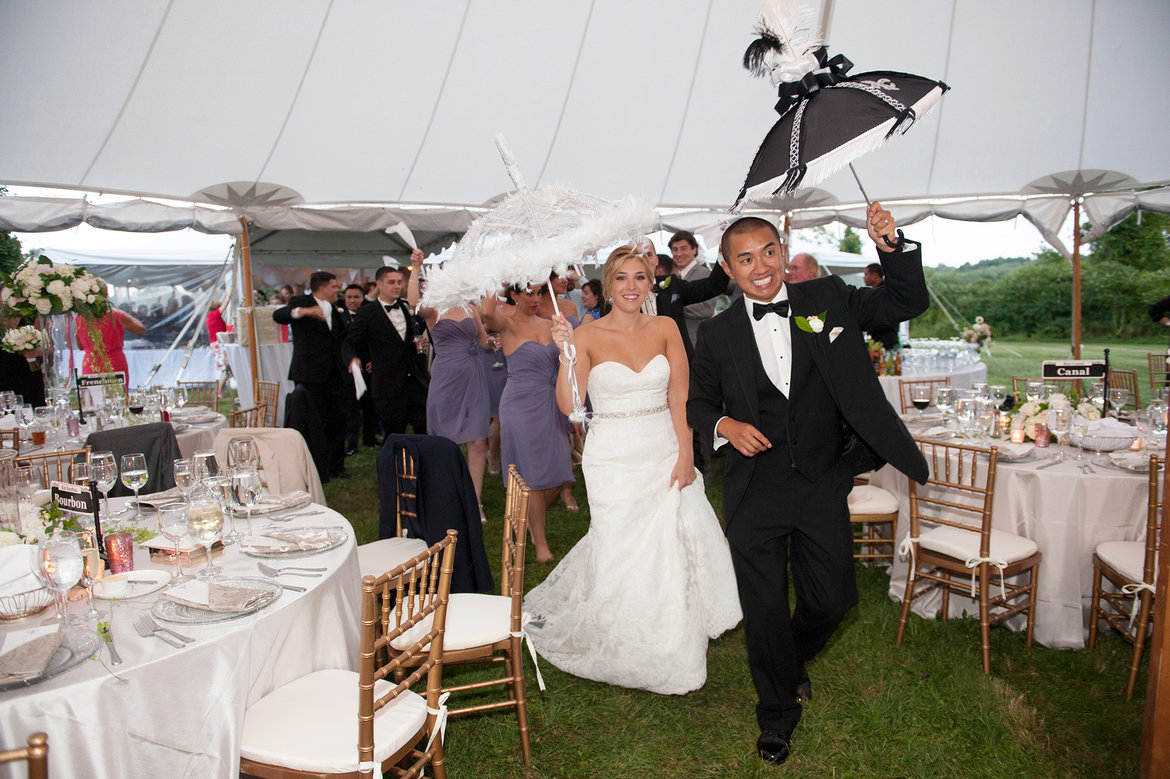
Photo Credit: J. Koteen Photography
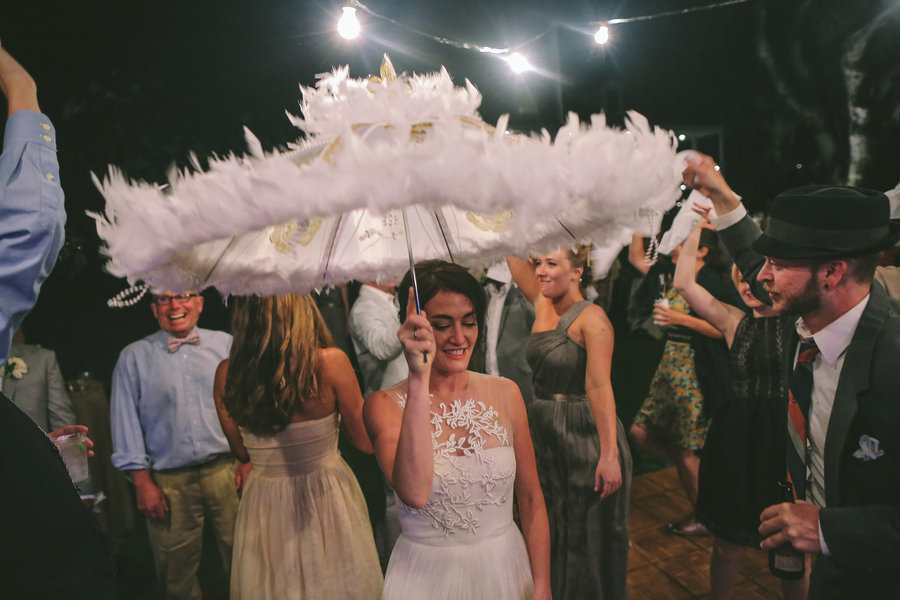
Photo Credit: Dennis Kwan Weddings
Croatia: First Look
"Croatia, in my (very partial) opinion, invented the first look," Kolanović-Šolaja says. The groom visits his fiancée's home on the morning of the wedding to deliver a "dowry." The bride's family usually makes him sweat it out for a bit before she makes her grand debut. It is the first time that the engaged couple sees each other on their wedding day. An accordion player and a singer are usually in tow to make it known to the entire village through song that a couple is getting married. "Who wouldn't want a personal parade on their wedding day? The 'walk of love' involves the entire community, and there's something so special about that," she adds.
France: Ribbon-Cutting Procession
An old French custom is that the groom would meet the bride at her home, where they would lead a processional of guests to the church. Children would block the path with white ribbons, which the bride must cut before she could continue to the church.
For a fun twist, some Italian couples tie a ribbon in front of their chapel to symbolize that a wedding is about to take place.
Jewish and Sweden: Non-Traditional Ceremony Processional
It is the Jewish custom to include both of the groom's parents in escorting him down the aisle, followed by the bride's parents doing the same with their daughter. "The processional may be adapted to suit the needs of divorced or blended families or same-sex couples, but it is meant to include the family unit," says Aviva Samuels from Kiss the Planner.
While planning a Swedish wedding, Lisa Gorjestani from Details Event Planning learned that it's customary for the bride and groom to walk down the aisle together there. "Although the father-of-the-bride initially wasn't thrilled about this idea, once the groom explained the egalitarian meaning behind the custom, the bride's family was very supportive," she says.
Browse Cultural Wedding Traditions By Category:
► Processions
► Blessings/Rituals
► Fashion and Beauty
► Décor and Other Wedding Details
► Wedding Dances/Antics
► Food and Beverages


